Search
Search Results
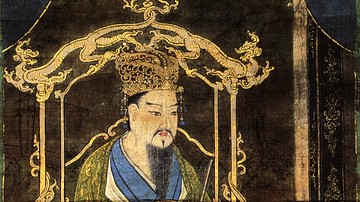
Image
Emperor Kammu
A 16th century CE portrait on silk of Japanese Emperor Kammu (r. 781 to 806 CE) who is most noted for relocating the capital to Heiankyo (Kyoto) in 784 CE. (Enryaku-ji Monastery, near Kyoto, Japan)
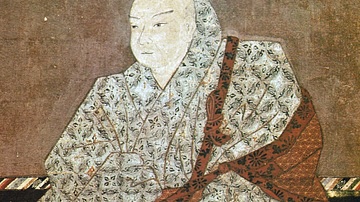
Image
Emperor Toba
An illustration depicting Japanese Emperor Toba (r. 1107-1123 CE)
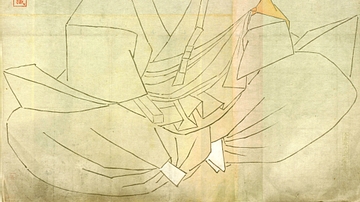
Image
Emperor Shirakawa
An illustration depicting Japanese Emperor Shirakawa (r. 1073-1086 CE).
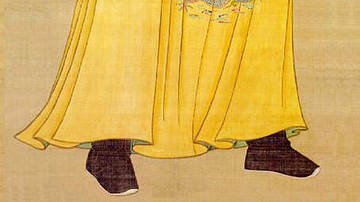
Image
Emperor Taizong
A painted silk scroll depicting Taizong, second emperor during the Tang Dynasty of China, r. 626-649. The emperor's robe shows a dragon, a traditional symbol of rulership as the creature represents wisdom, justice, and benevolence. National...
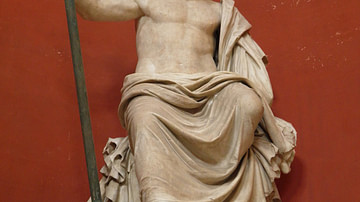
Image
Roman Emperor Galba
Statue of an emperor, heavily restored by Bartolomeo Cavaceppi as a portrait of emperor Galba. (Sala Rotonda Museo Pio-Clementino, Vatican Museums)
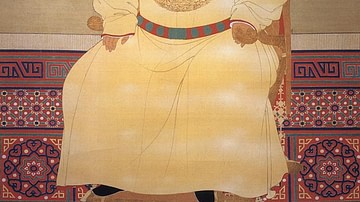
Image
The Hongwu Emperor
The Hongwu Emperor, the first emperor of the Ming Dynasty (1368 to 1644 CE) who reigned from 1368 to 1398 CE. 14th century CE painted silk hanging. (National Palace Museum, Taipei)
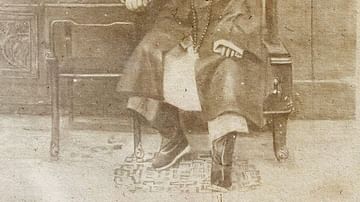
Image
Portrait of Emperor Guangxu
A portrait of Emperor Guangxu (r. 1875-1908), the 10th emperor of the Chinese Qing dynasty.

Image
Roman Emperor Diocletian
Head of the Roman emperor Diocletian, 284 - 305 CE (Istanbul Archaeology Museum).
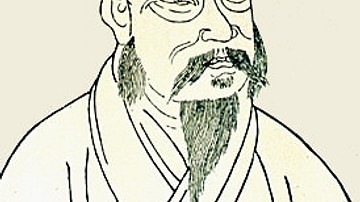
Image
Liu Bang (Emperor Gaozu)
A portrait of Liu Bang who became the Chinese emperor Gao of the Han (Gaozu). Victor in the famous battle of Gaixia in 202 BCE, he founded the Han dynasty which would rule China from 202 BCE to 220 CE.
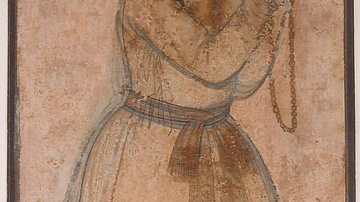
Image
Portrait of Emperor Akbar Praying
Portrait of Emperor Akbar Praying, ink and opaque watercolor on paper, early 17th century, India.
The Metropolitan Museum of Art, New York City.